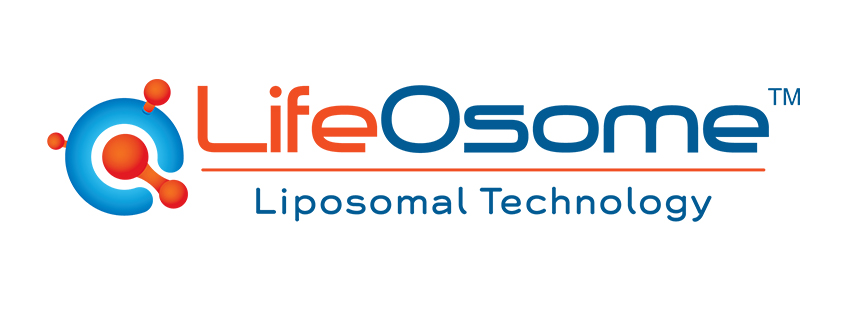J Liposome Res. 2013 Jun;23(2):145-53. doi: 10.3109/08982104.2013.770016. Epub 2013 Apr 16.
Liposomal formulation of chondroitin sulfate enhances its antioxidant and anti-inflammatory potential in L929 fibroblast cell line.
Craciunescu O, Moldovan L, Moisei M, Trif M.
Source
Department of Cellular Biology, National Institute R&D for Biological Sciences, Bucharest, Romania.
Abstract
Liposomes have the capacity to be used as efficient, biodegradable and nontoxic carriers of bioactive molecules and are able to better control their delivery at the site of interest. The objective of this study was to obtain and characterize an appropriate liposomal formulation of the bioactive molecule chondroitin sulfate (CS) for its use in the local treatment of inflammatory and degenerative disorders, specifically osteoarthritis (OA). Empty liposomes (L) and CS-entrapping liposomes (L-CS) were prepared by thin film hydration method followed by sonication and extrusion. They were characterized in terms of size, polydispersity index and ζ-potential by dynamic light scattering (DLS) and morphology by transmission electron microscopy. The effect of L-CS formulation on viability and morphology of mouse fibroblast cells and its biologic activity in hydrogen peroxide-stimulated cells were compared to those of L, non-encapsulated CS and a mixture of L and CS (L + CS). Our results demonstrated a high biocompatibility of L-CS and a more efficient cell protection against oxidative damage using L-CS treatment than CS or L + CS treatment. Also, L-CS exhibited a higher anti-inflammatory activity than CS in stimulated cells by reducing the level of IL-8 and TNF-α proinflammatory cytokines. The overall results suggest that the delivery of CS in liposomal formulation could improve its therapeutic potential in intra-articular treatment of OA.
PMID: 23590340 [PubMed – in process]

You can access this article directly in its source:
http://www.ncbi.nlm.nih.gov/pubmed/23590340




Add a comment